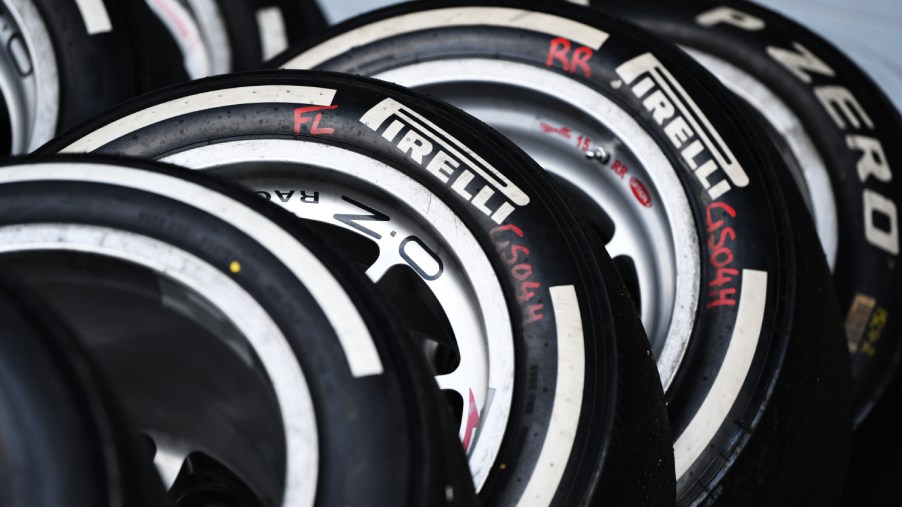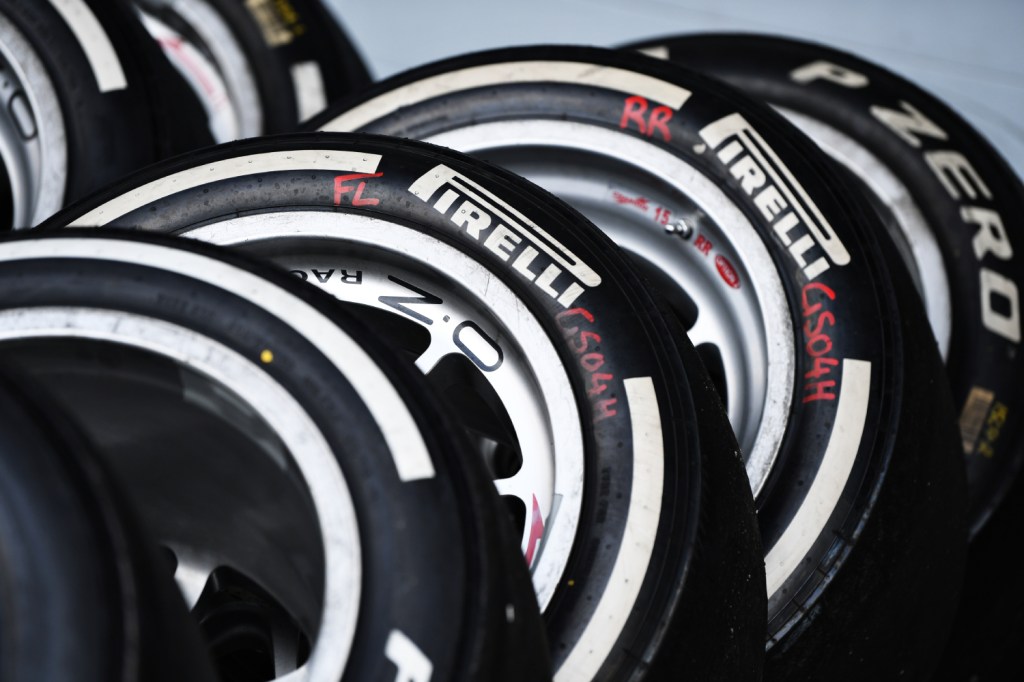
Rubber Shortfall Means Tire Shortages Are Around The Corner
First, there was COVID 19, then the microchip shortage. Now it is a scarcity of rubber supplies. That means tires could be the next product that automakers rely on from outside sources to go dry. As production goes 2021 is shaping up to be far more of a challenge than 2020.
Why are rubber prices rising?
Rubber prices are rising and the result could be bad for car production. There are three reasons why this is happening. Shipping lines have been disrupted partly due to the Suez Canal blocking. Natural rubber is traditionally shipped to tire and auto component makers by ships. Michelin Tire has resorted to air freight shipments as a workaround.
Thailand and Vietnam are nations that typically feature large natural rubber suppliers. It is produced from the white sap of trees growing in those regions. Synthetic rubber is used for many products now. But natural rubber is best for tires and anti-vibration components in vehicles.

China is stockpiling rubber
China has been stockpiling rubber for a while to hedge against spikes in rubber prices. Leaf disease has affected natural rubber production and a number of countries are stockpiling rubber before prices rise further. China has been buying up much of the rubber supplies as they become available.
So the rubber shortage is hitting many industries hard but auto manufacturing could be in for some real interruptions. Don’t forget that tires are the most obvious use of rubber for vehicles. But there are plenty of rubber products under the hood, too.
Just-in-time manufacturing has tightened up supply timelines
Just-in-time manufacturing has tightened up supply timelines. It saves money allowing manufacturers to eliminate warehousing components awaiting assembly. But it also increases production issues when components can’t be plugged into the system when needed. Supply chain interruptions due to the pandemic have been a juggling act for production schedulers.
With the Biden stimulus package spring-loading consumer spending demand is quickly ramping up. But rubber problems due to production issues can last for years. Rubber trees need seven years to begin producing at their full capacity.

“It’s like paper towels early on during the COVID crisis,” Steve Wybo told Automotive News. He heads the auto practice group Conway MacKenzie outside Detroit. “If you can get your hands on some plastic, or some rubber, you’re going to order more than you need. That’s because you don’t know when you’re going to be able to get it next.”
Natural rubber does not come from huge rubber producers
Production of natural rubber does not come from huge rubber producers. Instead, smallholders are the main suppliers. That means prices can whipsaw and steady production isn’t always reliable. Low rubber prices have been a deterrent for farmers to consider planting more trees. The pandemic has driven up demand due to increased rubber glove production. Then besides leaf disease droughts and floods from climate change have also stymied harvest amounts.
With no rubber stockpiles in the US, we could be in trouble for years to come. “People have believed for the longest time that market demand and capitalism would always be there,” a professor at the Naval Defense Management School Dan Finkenstadt said. “That’s not what happens in a natural emergency where everybody’s pulling at the same time.”



